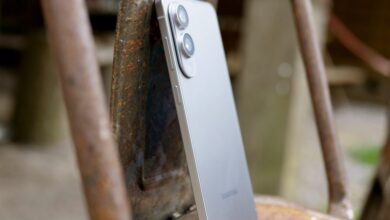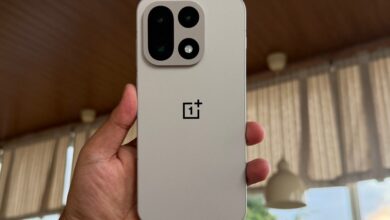Is the Galaxy S25 Samsung’s Biggest Miss Yet?

Samsung vs.Apple: A Shift in Smartphone Market Dynamics
Current Market Overview
Recent data from Counterpoint Research shows that Samsung has edged ahead of Apple in smartphone shipments, holding 20% of the global market share compared to Apple's 19%. This figure reflects the number of devices sold by manufacturers to distributors during the first quarter of 2025.However, this shift comes after a significant change from late 2024 when Apple led with a commanding 23% while Samsung trailed at 16%.
Understanding the Numbers
at first glance, Samsung's lead might seem promising.Yet, it’s essential to consider the context behind these numbers. By late 2024, Apple was benefiting from strong sales following its iPhone 16 series launch. In contrast, Samsung had not yet released its Galaxy S24 series or any new foldable models like the Galaxy Z Fold and Flip.
This timing explains why Apple enjoyed higher market share right after launching its flagship products.
The Impact of New releases
Samsung regained some ground with its Galaxy S25 series at the start of 2025 but did not significantly increase its lead over Apple. The company maintained a steady market share similar to what it had during early 2024 when it also held a solid position at around 20%. At that time, Apple's share was slightly lower at about 17%.
lackluster Performance for Galaxy S25?
The launch of the Galaxy S25 series has not provided Samsung with as much momentum as expected against competitors like Apple. Shipments have mirrored those seen with last year's Galaxy S24 release rather than showing growth or improvement.
Many users have noted that there are few noticeable differences between the Galaxy S25 and its predecessor, which may explain why sales haven't surged.
apple's Strategic Shift Pays Off
In contrast to Samsung's approach, Apple made an interesting move by releasing the iPhone 16E in February—a time typically reserved for other product launches. This decision seems to have worked well for them; analysts report strong sales performance in various markets including Japan.
Jene Park from Counterpoint Research highlighted this success: “Apple was able to capture significant unit sales during Q1,” she stated.“The demand for iPhone models is especially high in emerging markets.”
Is It All Bad News for Samsung?
While recent data may paint a challenging picture for Samsung’s flagship phones like the Galaxy S25 compared to Apple's latest offerings, it's significant not to overlook thier mid-range devices such as the Galaxy A56 and A36.
These models might not generate buzz like an anticipated flagship phone but tend to maintain steady popularity over time. As interest in Apple's new releases begins to fade over coming months, these mid-range options could help boost Samsung's overall market presence again.
Comparing Strategies: Mid-Range vs Flagship Focus
The current figures suggest that while both companies are employing different strategies—Apple focusing on timely mid-range releases versus Samsung relying heavily on AI features—the results vary significantly between their flagship lines.
Samsung has heavily promoted AI capabilities within their new devices; though, many users find these features less relevant day-to-day due mainly as hardware changes are minimal compared with previous versions like the Galaxy S24.As we look ahead toward future releases such as next year’s anticipated Galaxy S26 series, it will be interesting if they decide on more significant upgrades based on how well (or poorly) their current strategy performs against competitors’ offerings moving forward.





